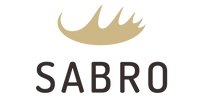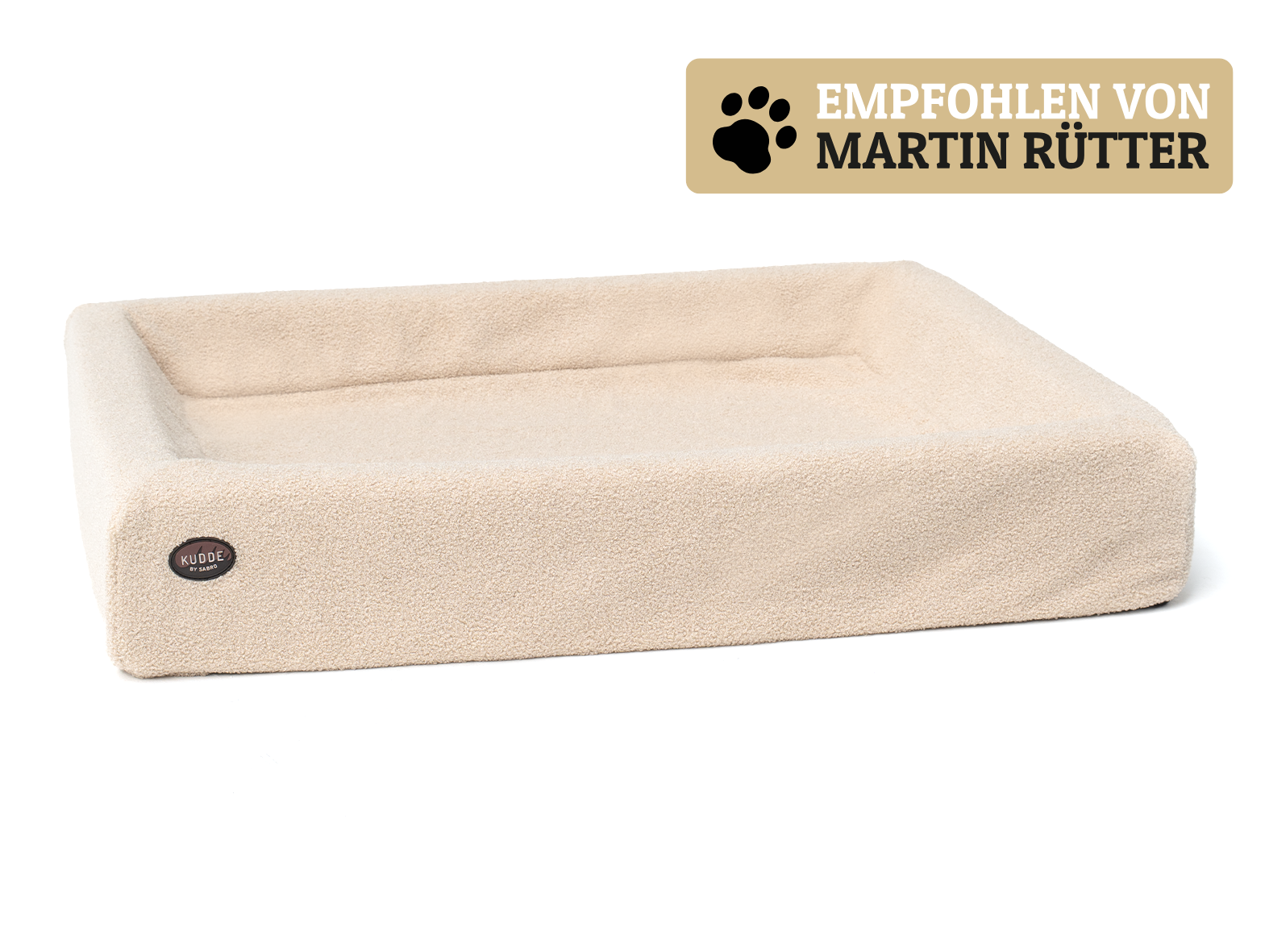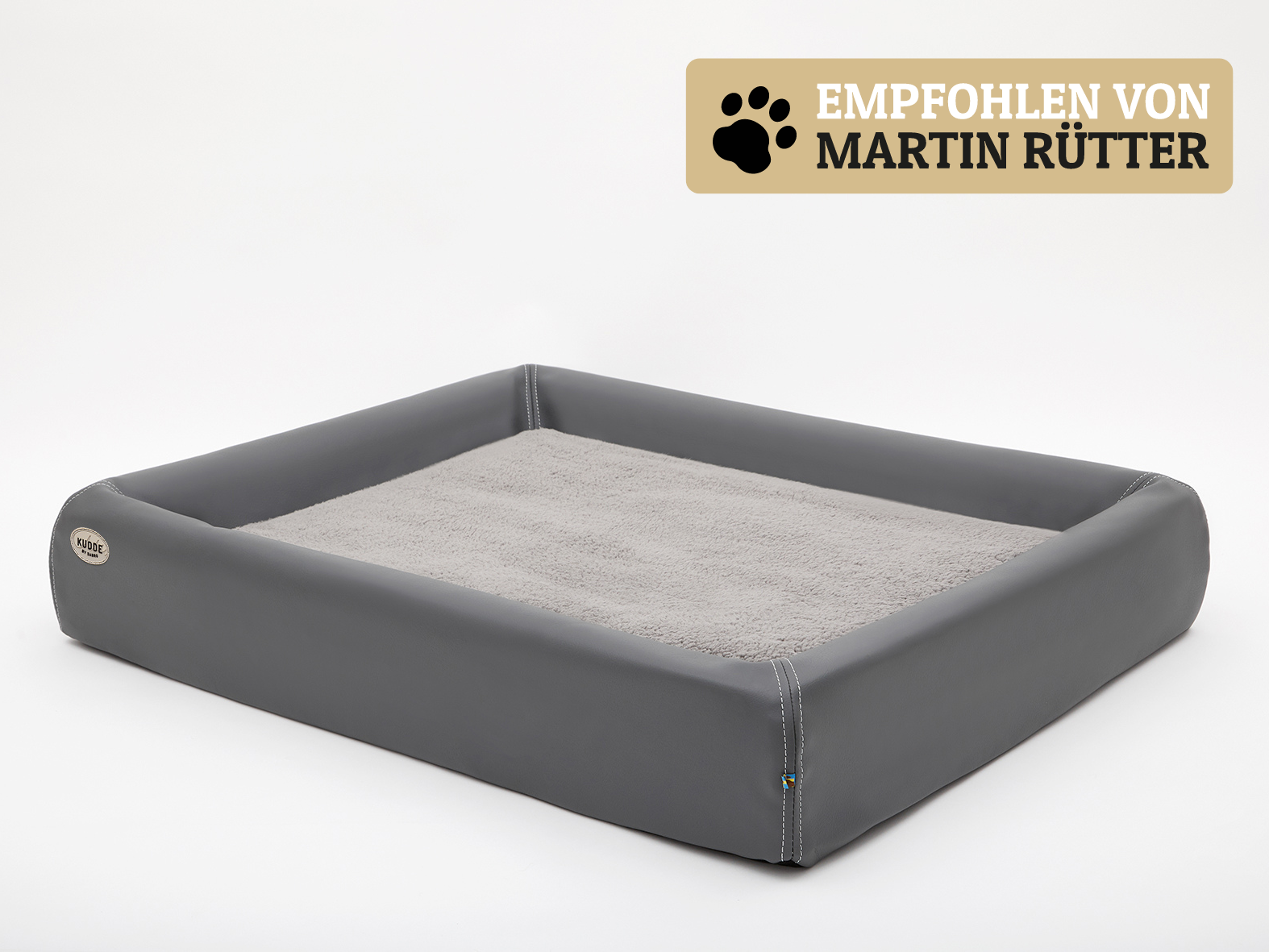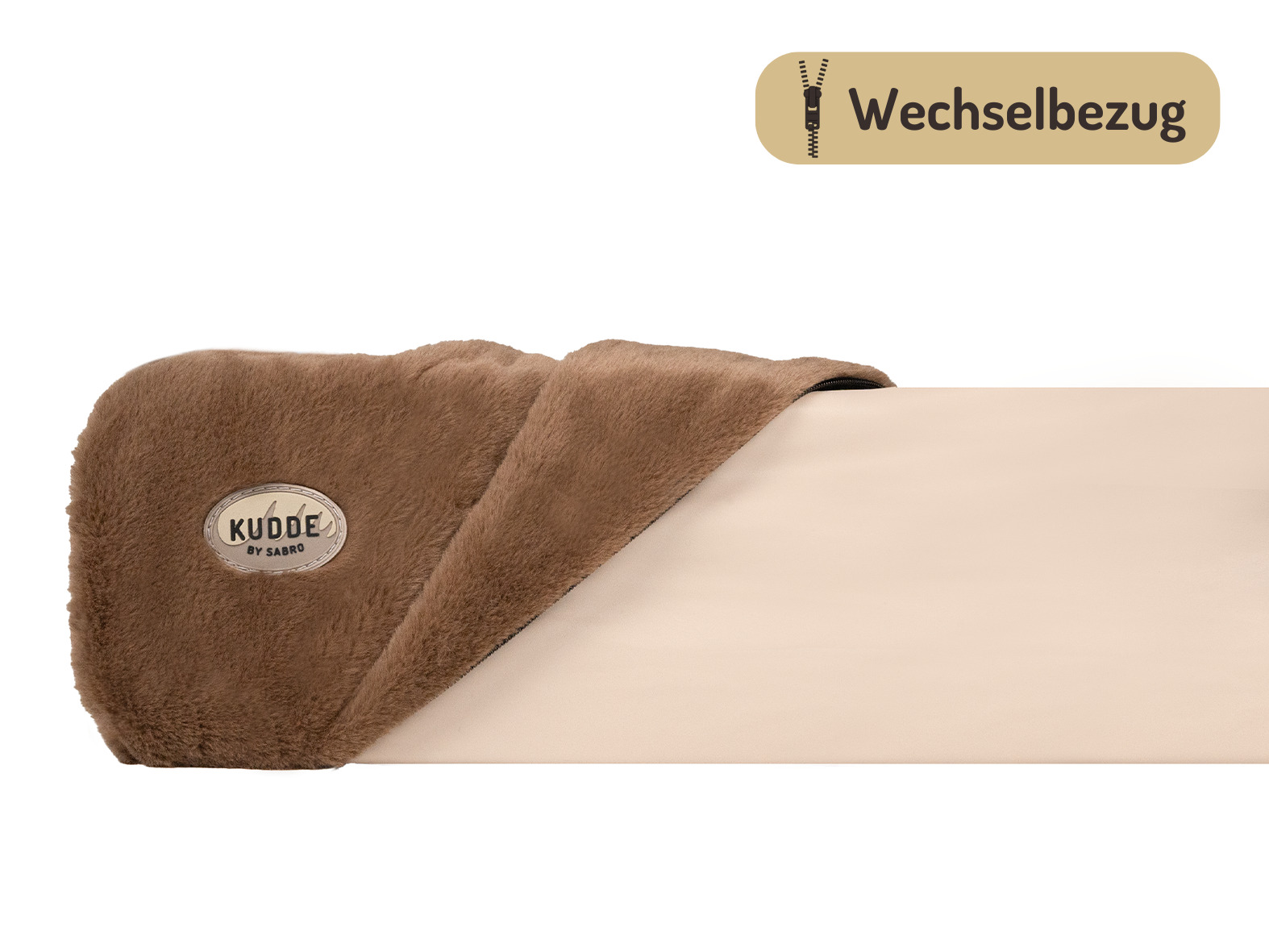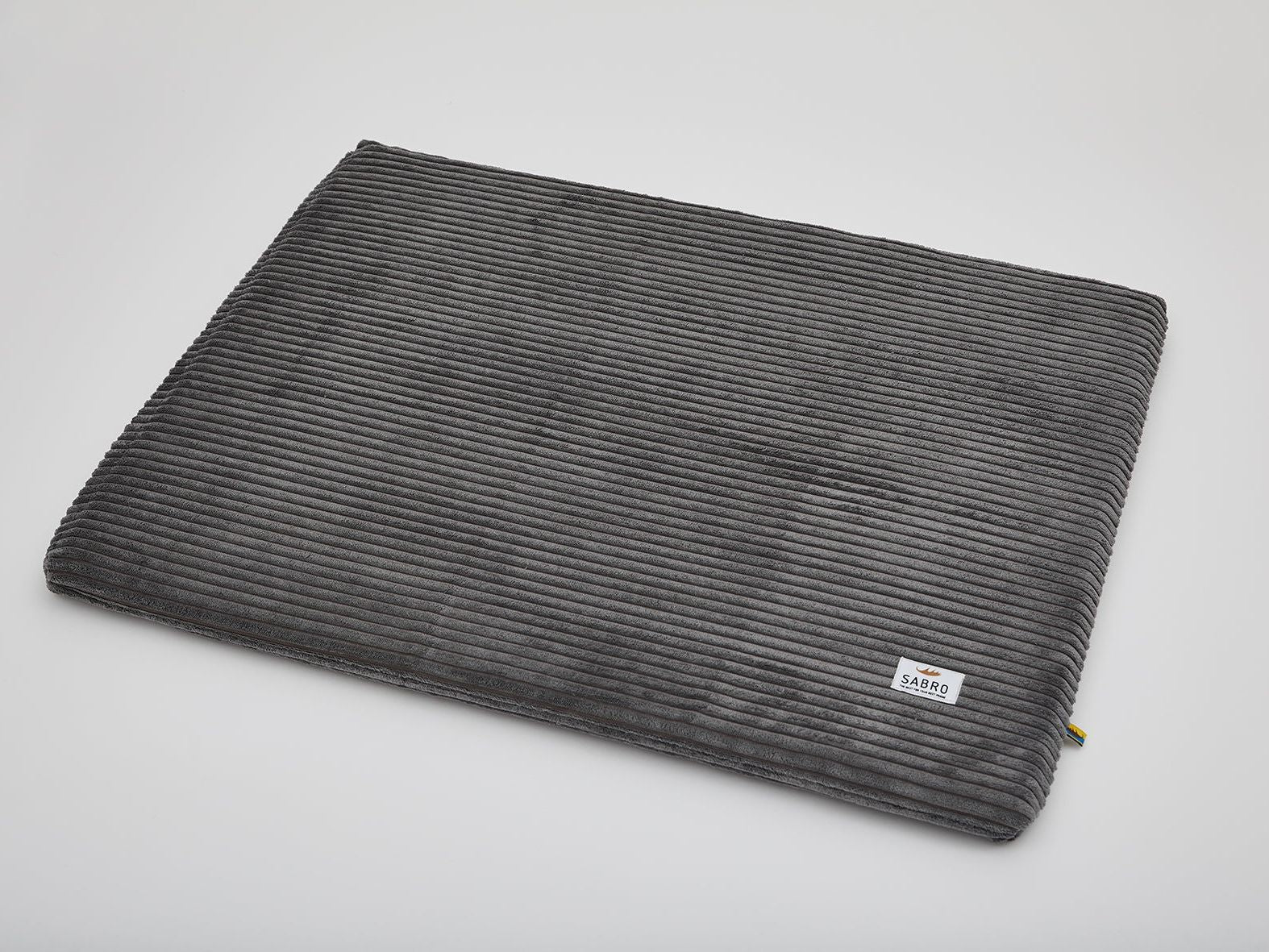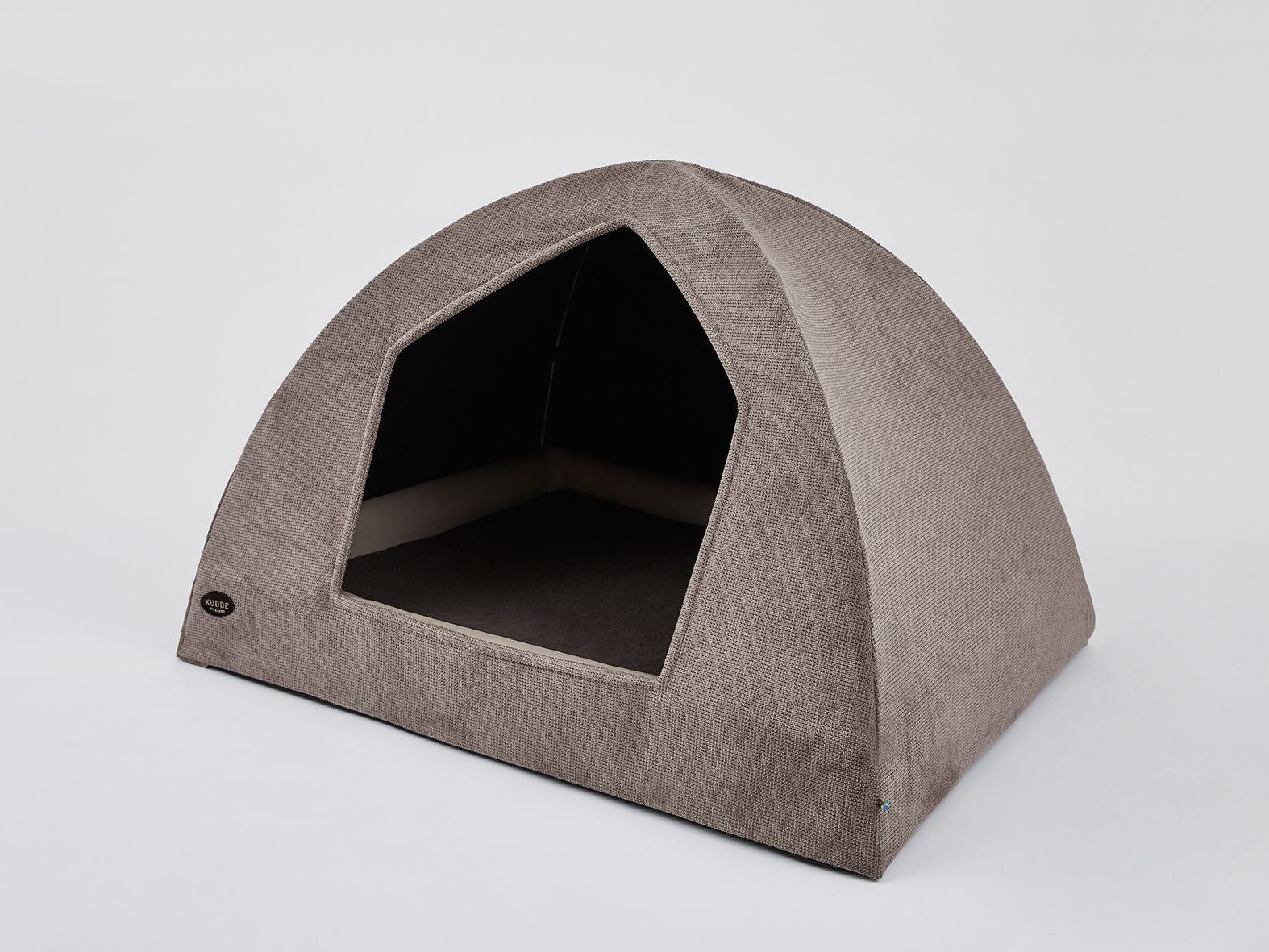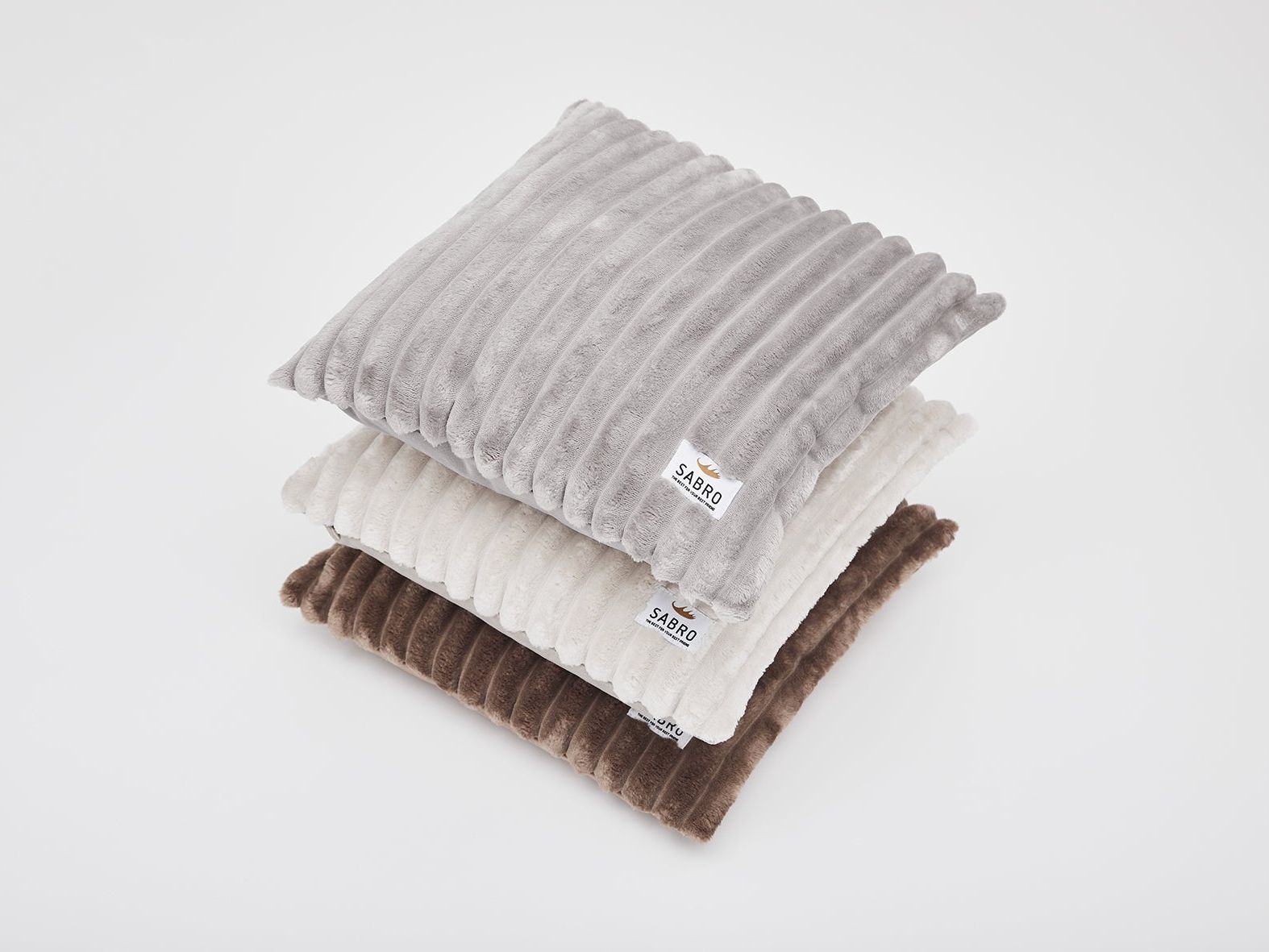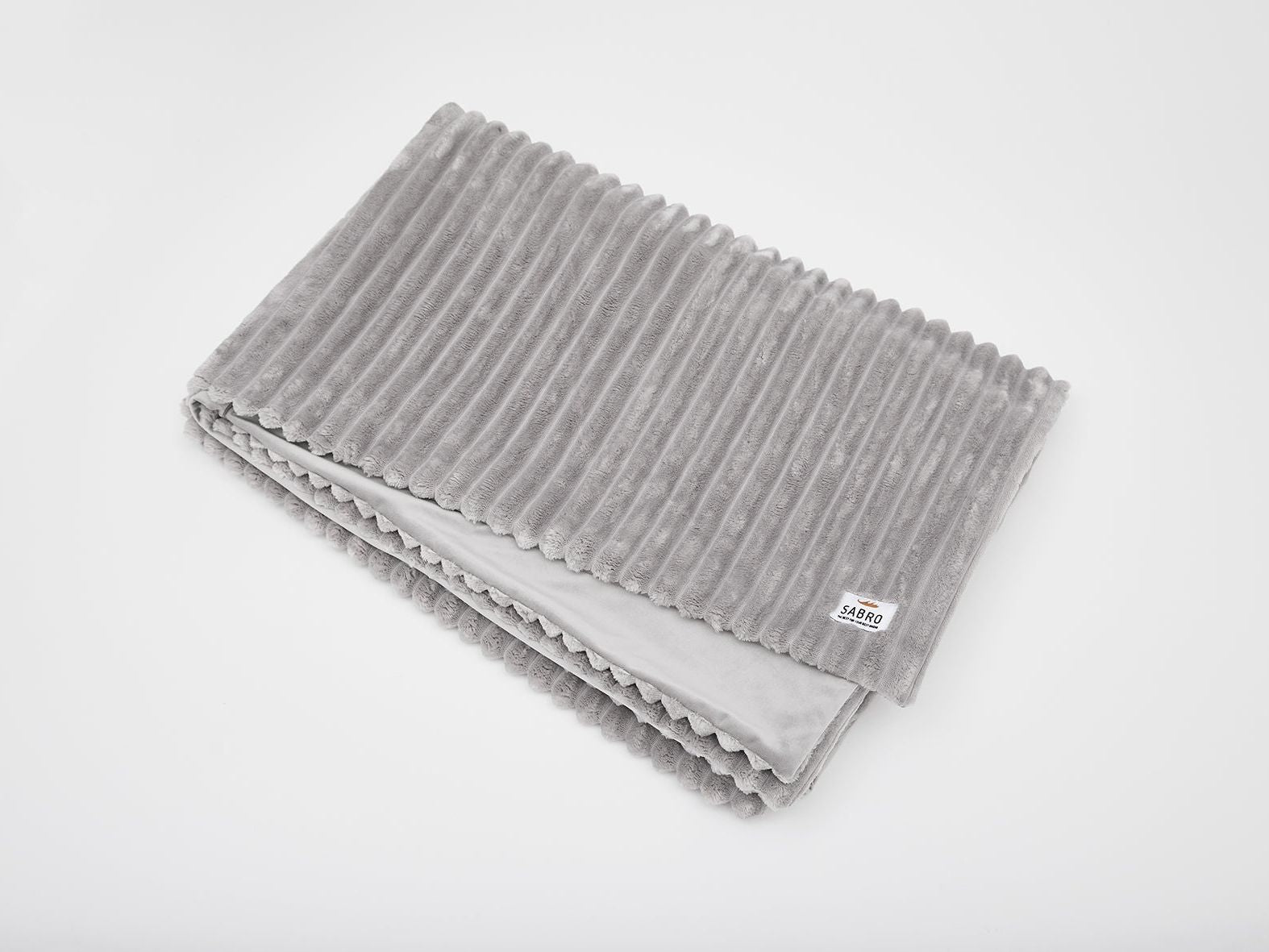From now on, we will be portraying selected dog breeds at irregular intervals. This time we will start with three hunting dog breeds: the Dachshund, the Rhodesian Ridgeback and the Münsterländer. What makes a hunting dog special? Is a hunting dog right for me? What are the characteristics of a Dachshund, Rhodesian Ridgeback or Münsterländer? We shed light on the three breeds here and now in our hunting dog breed portrait. You can also find three other representatives in our breed portrait: Russell Terrier, Weimaraner and Labrador Retriever.
Hunting dogs like Dachshunds & Co.: a definition and representative hunting dog species
Who hasn't seen this before? The hunter in the forest, and next to him his faithful dog, often a Dachshund hunting dog. Hunting dogs are all breeds that assist us humans in the hunt. This used to be important in the past, but is becoming less and less so today. And one thing up front: a dog like this doesn't help with bargain hunting. Hunting dogs can be used for retrieving, really chasing after or tracking down prey. The well-known nose of hunting dogs helps hunters immensely in tracking down wild animals that have had an accident, for example.
Anyone who buys a typical hunting dog like a Dachshund today is unlikely to use it for hunting in the private sector. So please be aware that it can take a lot of work to get your dog's hunting instinct under control. And think carefully about whether a hunting dog is in good hands in an apartment.
The Dachshund hunting dog: this is how demanding the carpet horse is
The Dachshund hunting dog is also known as a dachshund. The three typical representatives are rough-haired, long-haired or short-haired, and come in various coat colors. Caution: Beware of tiger dachshunds, which are so called because of their coat color. This coloration is due to a genetic defect - incorrect breeding can lead to serious illnesses, for example, and "Blue" and "Isabella" colorations in particular are susceptible to a variety of diseases that only occur later in the dog's life. Better hands off! The same applies to so-called teacup dogs, i.e. extra small breeds.
Depending on the chest circumference, the Dachshund is categorized as a rabbit dachshund (less than 30 cm), miniature dachshund (30-35 cm) or dachshund (more than 35 cm). The muscular body and the elongated shape are predestined for hunting, especially in the den of a fox or badger the dachshund hunting dog gets into wonderfully. Nowadays, it is still highly valued as a hunting dog, but in most cases it is kept as a companion dog or in the private sector as a dog for the family. The Dachshund Hunting Dog is an intelligent and lively dog. Whoever meets his needs will receive a loyal and courageous companion for life in return.
If you decide to have a Dachshund as a pet, there are a few things you should consider, as with many hunting dog breeds:
- Dachshunds are not lap dogs, they are lively and spirited, but still make sure he doesn't get overweight, no matter what Dachshund look he tries to give you.
- Dachshunds demand your attention and long walks.
- A Dachshund hunting dog is extremely courageous and will even take on larger dogs if they cross him.
- Dachshunds are not suitable for beginners, but need owners with a lot of dog experience who know how to lead them.
- The dachshund's build is not designed for agility or similar sports that require a lot of effort, and climbing stairs and jumping are absolutely not for dachshund hunting dogs.
You should get this equipment for your Dachshund hunting dog:
- A dog bed that takes into account the anatomical shape of the dachshund is very important. Due to their long spine in relation to their short legs, dachshunds are prone to dachshund paralysis, a form of slipped disc. When buying a dog bed, make sure that it is designed to meet the needs of your dachshund. Our KUDDE dog bed allows the spine to be fully stretched and relieved and the special version is already equipped with a memory form, which ensures that your dog can sleep with pressure relief and orthopaedic support.
- A good dog brush and tick tweezers are advisable, as Dachshund hunting dogs tend to move around in the undergrowth due to their stature.
- A trimming comb is also recommended for long-haired and rough-haired dachshunds.
- Always good: toys to keep them busy and chase them.
The Rhodesian Ridgeback: spirited and quick to react
The Rhodesian Ridgeback (RR) originally comes from southern Africa (Rhodesia, now Zimbabwe) and the name says it all: Ridgeback means something like a ridge of fur (geographically rather a ridge of hair), more precisely a line in the coat (hair comb) runs against the direction of growth. It is often used worldwide for hunting game, in its home country also for hunting lions, hence the name lion dog, which is, however, somewhat misleading: the Ridgeback usually only distracted the lion in the pride, but did not kill it. In our part of the world, it is known today more as a good and family-friendly guard dog and is not recognized as a hunting dog.
The typical height at the withers of the Rhodesian Ridgeback is around 61 to 66 cm for females and 63 to 69 cm for males. Rhodesian Ridgebacks have a puppy character for longer than many other dogs: they usually only reach full maturity, both physically and mentally, after two, sometimes even three years. It is therefore quite possible that the dog will surprise you with unexpected behavior in a situation you are used to. He therefore needs a lot of guidance from his human. If you decide on a Ridgie after careful consideration, think about whether it absolutely has to be a puppy or whether an adult Rhodesian Ridgeback would also be an option. The Rhodesian Ridgeback in Need association in Dülmen has been doing good work in this area for more than 20 years.
If you are interested in a Rhodesian Ridgeback as a pet, here is some important information about this type of hunting dog:
- Ridgebacks are extremely eager to move around, but be careful: you generally won't get them outside in the rain or bad weather. The Ridgeback does not like wetness from above due to the lack of undercoat, but here too, of course, exceptions prove the rule.
- If you exercise a lot, you also need to eat sensibly, so be prepared for a higher food requirement.
- In general, the Ridgeback is a loyal family dog. Nevertheless, and this applies to all breeds, it must first learn how to interact properly with children. It is at least as important to teach children to treat the dog with respect and love, because even a Ridgeback does not like to be teased and needs its undisturbed rest periods.
- Like many hunting dogs, the Ridgeback is not suitable for inexperienced owners, as it needs a lot of companionship and patience from you along the way.
- Many Rhodesian Ridgebacks are very headstrong and like to get their way, but are very reliable and loyal.
- Ridgebacks react quickly and respond to stimuli such as smells or noises even at a great distance.
- This courageous dog breed likes to protect its territory and is therefore ready for conflict with strangers and animals.
- Around 3% of all Rhodesian Ridgebacks suffer from dermoid sinus, a congenital disease in the area of the spine and head: a cord of hair and sebum forms, which can become inflamed and then permanently damage the spinal cord.
You should get this equipment for your Rhodesian Ridgeback hunting dog:
- The very short-haired dog is relatively easy to groom and only needs to be brushed occasionally.
- A well-supporting dog bed is definitely part of the right equipment for this breed, even if he also likes to share the sofa at home with you.
- Many Ridgebacks don't like rain and get cold very quickly in low temperatures due to their lack of undercoat. With a well-fitting dog coat, you can ensure that your dog is happy to leave the house with you even in uncomfortable weather.
- Ridgebacks also need a lot to do and get bored quickly. That's why we recommend an appropriate range of toys for this breed too.
The Münsterländer: sporty, elegant and active hunter
Even today, the Münsterländer is still primarily bred to be used as a hunting dog. It belongs to the pointing breeds, just like the German, Longhair, Shorthair, Wirehair, Stichelhair, Pudelpointer, Weimaraner, Griffon, Magyar Vizsla and Epagneul Breton.
There are the large and the small Münsterländer, which have different ancestors, even if the name does not suggest it, but both are elegant, sporty dogs. The coat is dense, of medium length at most, wavy and water-repellent.Form follows function" still applies here - as would actually be desirable for any breed - a healthy, normal build without extremes. The average height at the withers of a Münsterländer is around 53 cm for the Small Münsterländer and around 60 cm for the Large Münsterländer.
Pointing dogs love to rummage, search and retrieve, as these are the important basic characteristics for hunting training. He is also very fond of water and likes to retrieve from the water. If you are not going to lead your Münsterländer in hunting, he will need comparable exercise, such as agility, mantrailing or other dog sports. Only then will this clever and active dog be happy and content with you.
Before deciding on a Münsterländer, you should consider a few things that apply to many representatives of the hunting dog breed:
As a hunting dog, a Münsterländer needs plenty of exercise, not on city streets, but rather on natural forest paths - in all weathers.
- The Münsterländer is family-friendly, but not necessarily a cozy family dog, he wants to work - with his nose and his brains, dog sports are a must for him.
- Small pets, such as rabbits and the like, are primarily interesting prey for a hunting dog and should therefore not necessarily live in the household.
- Münsterländer are extremely fond of water, so be prepared for wet floors and drying work and warn the ducks around you.
- The Münsterländer is also not a dog for beginners; it needs consistent training and guidance.
- A Münsterländer doesn't get on so well in the city, his energy demands at least regular excursions into nature and preferably a life in the countryside
The following accessories are recommended for the Münsterländer hunting dog:
- A dog brush for regular brushing of the medium-length coat is essential to maintain its health.
- His good health and athleticism are also supported by a good dog bed. As he likes to be outside in all weathers (even in the water), an easy-care and wipeable dog bed like the KUDDE is ideal. It also prevents joint problems by relieving pressure.
- A sturdy dog lead such as our OUTDOOR dog lead with practical adjustment options is recommended for the Münsterländer, as this material is robust and does not harden even when wet.
- Toys that are easy to retrieve are also a good idea.
What experiences have you had with a Dachshund, Rhodesian Ridgeback, Münsterländer or other hunting dog? Do you have any tips for other dog owners? Let us know in the comments.
